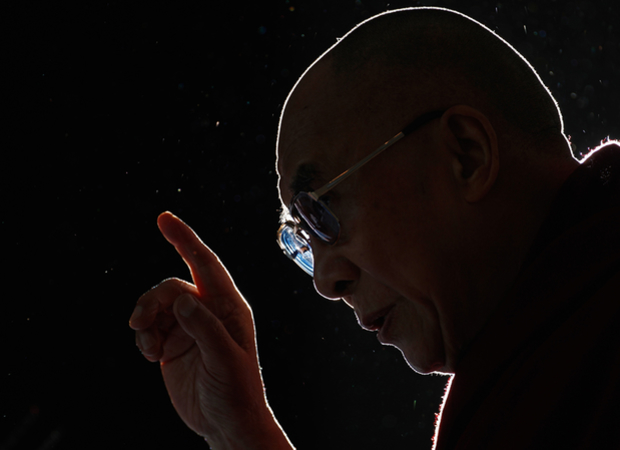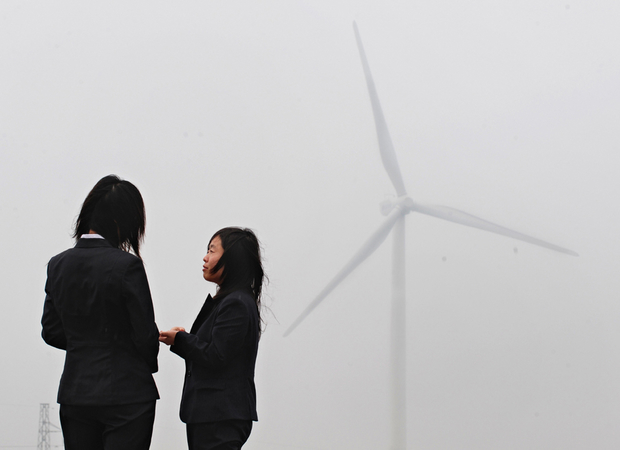Wang Shu, the first Chinese architect to win the Pritzker prize, arrives at his studio here most mornings and sits at a desk with sheets of soft brown paper, a cup for mixing black ink with water, and a brush. He reads seventh-century poetry and then begins to write calligraphy, quick short strokes up and down the page. The ritual, he says, infuses calm into the day ahead. The ancient art is not the only thing that sets Mr. Wang and his work apart from the glitzy marble-and-glass commercial architecture that has dominated China’s urban boom. His bold yet refined buildings that often recall nature fuse old-world Chinese and modern idioms, using inexpensive materials, like recycled bricks and tiles, as building material. His studio, called the Amateur Architecture Studio, does not have a Mac. A few dusty terminals, from the 1990s, surrounded by piles of old newspapers, are scattered across the tabletops. His six assistants, students at the nearby academy of art in this still, pretty lakeside city, show up as needed. This particular afternoon Mr. Wang, and his wife and fellow architect, Lu Wenyu, unlocked the front door — a big slab of wood — to find no one around.









